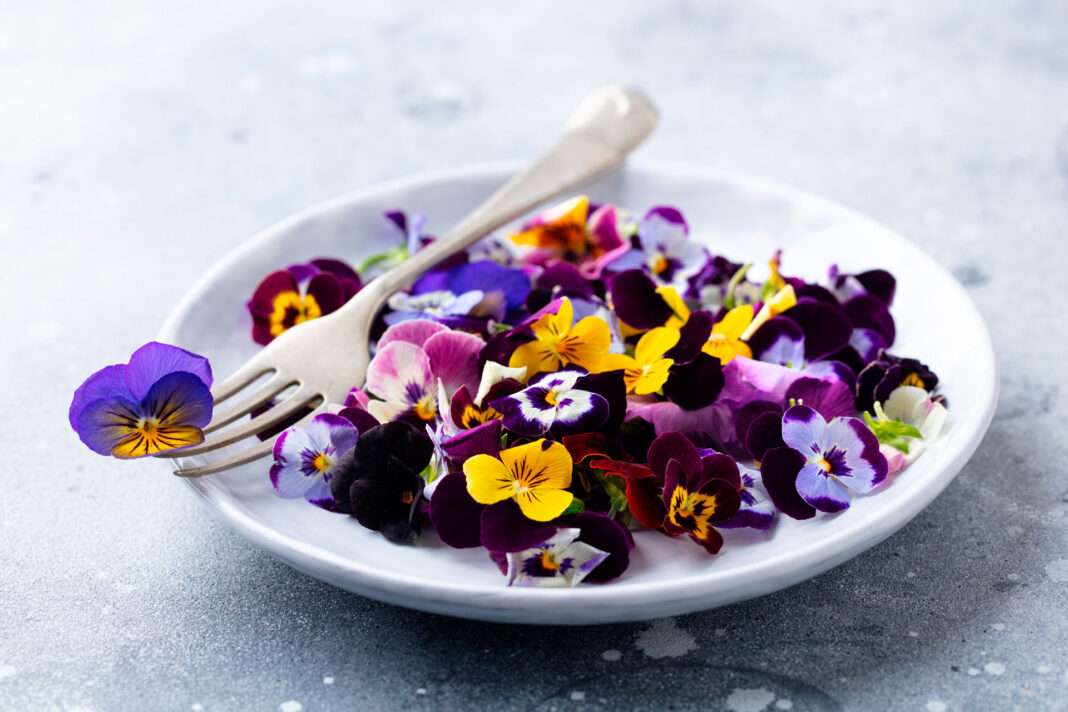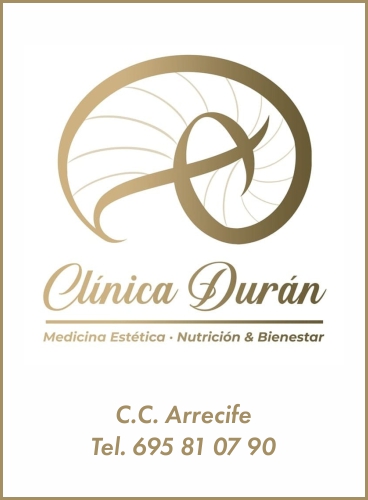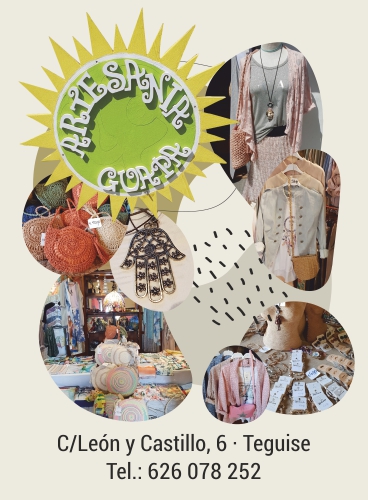Floral centrepieces add a touch of elegance and joy to any dining table, but it wasn’t unit a few decades ago that we started sprinkling edible flowers on our dishes, too. Beyond the aesthetic appeal of a flowery garnish, they offer numerous health benefits and are packed full of essential vitamins and minerals. They are high in vitamins A, B, C and E, proteins, fats, starches, amino acids, antioxidants and carotenoids. They also contain riboflavin, which aids growth, and niacin, which is good for the skin and boosts the function of our digestive and nervous systems. Plus, they are a source of minerals such as calcium, phosphorus, iron and potassium.
There are up to 55 types of flowers to choose from, including rose petals, magnolia (Magnolia grandiflora), jasmine (Jasminum officinale), orange blossom (Citrus aurantiifolia), mallow (Malva sylvestris), marjoram (Origanum majorana), violets, nasturtium (Tropaelum majus L.) and many others. However, not all flowers are edible; some are poisonous and even deadly. Also, ensure your flowers are grown without pesticides, herbicides and non-organic fertilisers.
The carotenoid, lutein, found in nasturtium and tagetes (Tagetes erecta), plays a significant role in preventing age-related macular degeneration, an eye disorder that slowly destroys sharp, central vision, making it difficult to read and perceive fine details. It is also found in the lily flower (Hemerocallis fulva) and in marigolds (Calendula officinalis).





